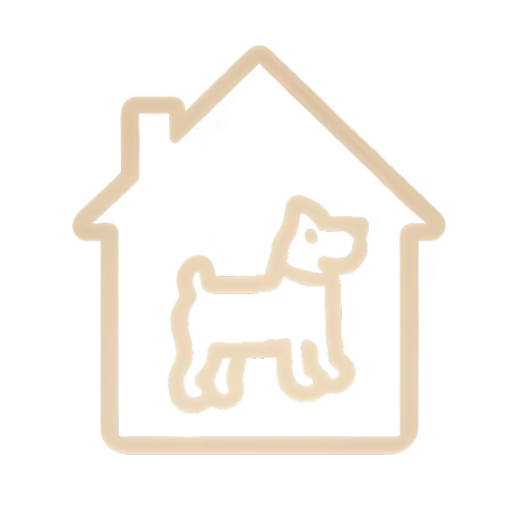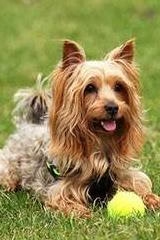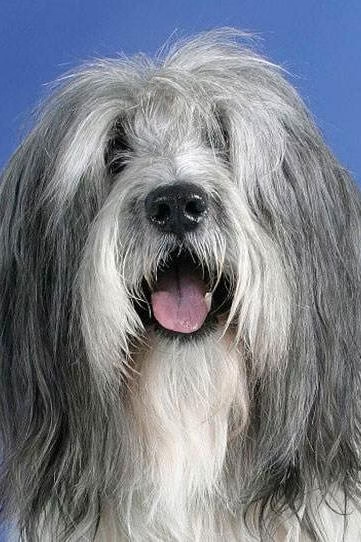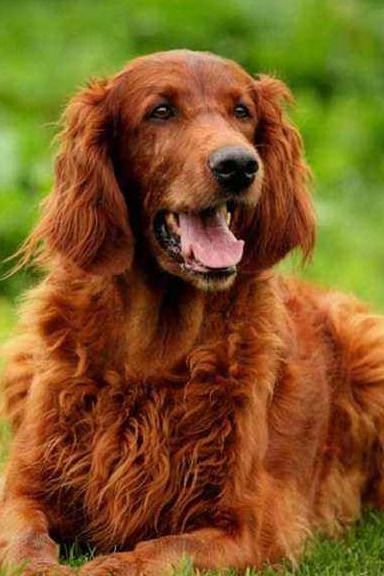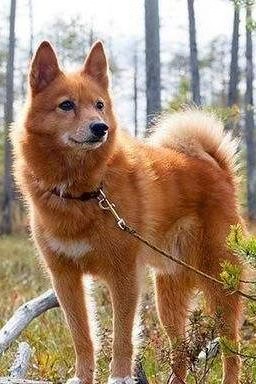Old English Sheepdog (Bobtail)
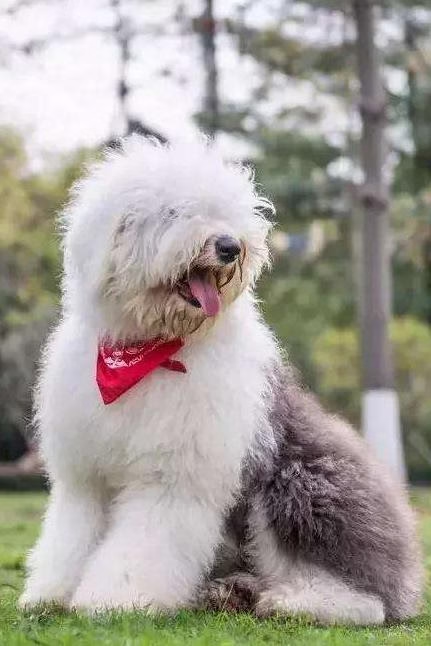
Old English Sheepdog
Basic Information
- Category: Pet Dog
- Origin: England
- Body Type: Large
- Height: 56-61cm
- Hair Length: Short-haired
- Lifespan: 10-12 years
Ratings
| Trainability | ⭐️⭐️ |
| Affection Level | ⭐️⭐️⭐️⭐️ |
| Barking Level | ⭐️⭐️⭐️ |
| Shedding Level | ⭐️⭐️⭐️⭐️ |
Breed Introduction
Compared to other breeds, the Old English Sheepdog cannot boast of a long history, but there is substantial evidence that its history can be traced back to the early 19th century or at least 150 years ago. There are many different hypothetical views regarding the true origin of this dog, and these hypotheses have gradually blurred over time.
In 1771, Rootsborough published his engraving of the Duke of Buccleuch, from which we can see a nobleman with his arm around a dog’s neck; this dog appears to be a very good example of today’s Old English Sheepdog. This is the earliest known record describing this work in one way. However, it is still uncertain whether the dog in the painting existed at that time.
Although the origin of this breed has always been a matter of speculation, it is very likely that the breed was first developed in the West Country of England, particularly in Devon, Somerset, and Cornwall. Some believe that this dog has a lot of Scottish Highland Sheepdog blood, while others think its ancestors are the Russian Owtchar. Regardless, in the early 18th century, we learned of a sheepdog primarily used to herd cattle and sheep to the big cities for sale. This dog entered the market tax-free at the time, and to prove their profession, many had their tails docked.
Of course, it is impossible to expect that this tail docking would naturally breed short-tailed or tailless dogs. In fact, a few in this breed are born tailless, or with long tails, or with relatively short tails. According to standards, puppies should have their tails removed at the first joint when they are 3-4 days old, and the length should not exceed 3.8-5.1 cm when mature.
Nowadays, it is rare to see an Old English Sheepdog with a slightly thicker ring of skin at the tail docking site. The tail, removed as a rudder, does not affect the dog’s ability to work with heavy breeds like herding cattle and sheep.
After this breed was introduced to England, enthusiasts mistakenly believed it had too much coat, which posed a significant threat to the sheepdog. This misconception led the public to think that the Old English Sheepdog was difficult to care for. In fact, this well-coated dog is no more difficult to maintain than other long-haired breeds.
Additionally, this dog does not wander around, does not fight, is quite agile, and due to its intelligence, friendliness, and minimal barking, it is an ideal house pet. This dog has a gentle mouth and can be trained as a retriever; it is also a top-notch sled dog and can serve as a companion dog for apartment families, studios, and other practical environments.
In 1904, W. Tully established the Old English Sheepdog Club in the United States, and in 1905 it was officially recognized by the AKC
